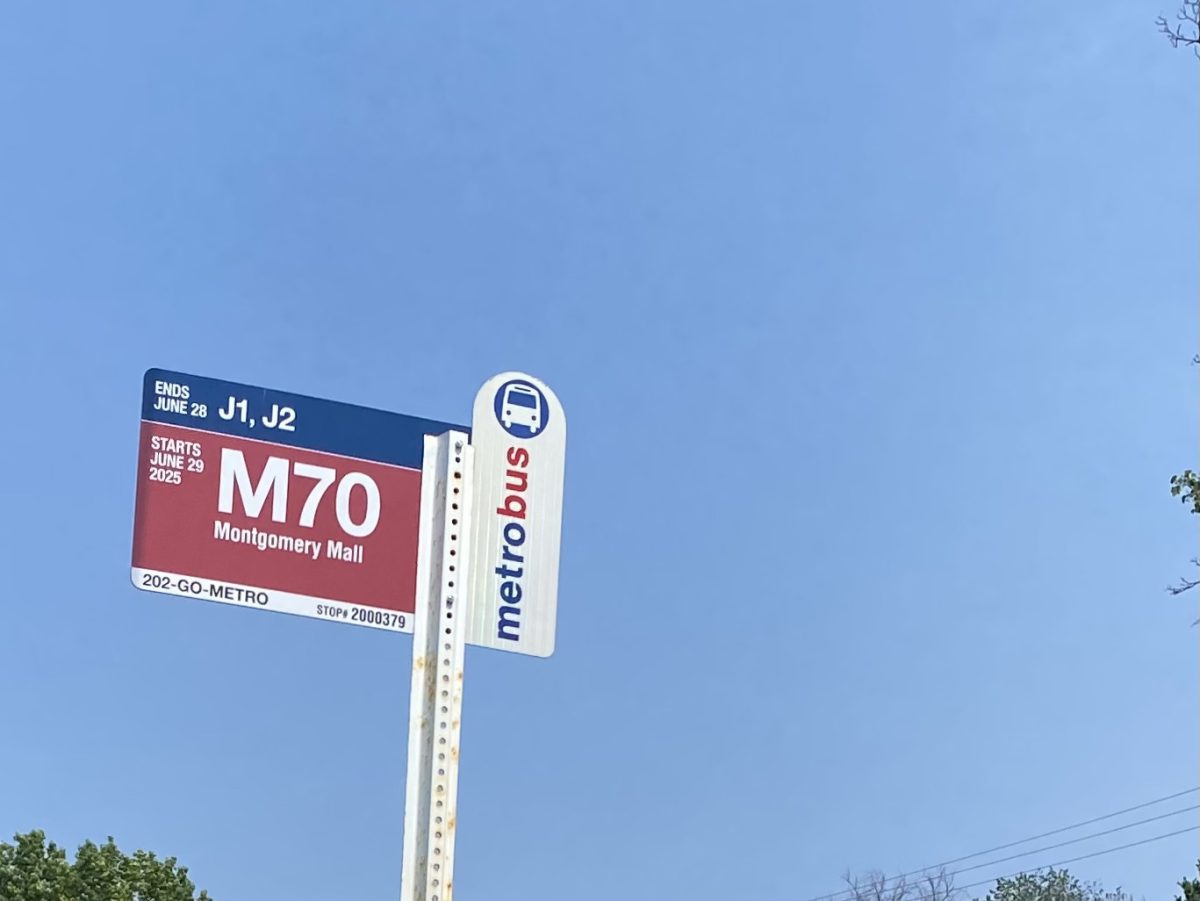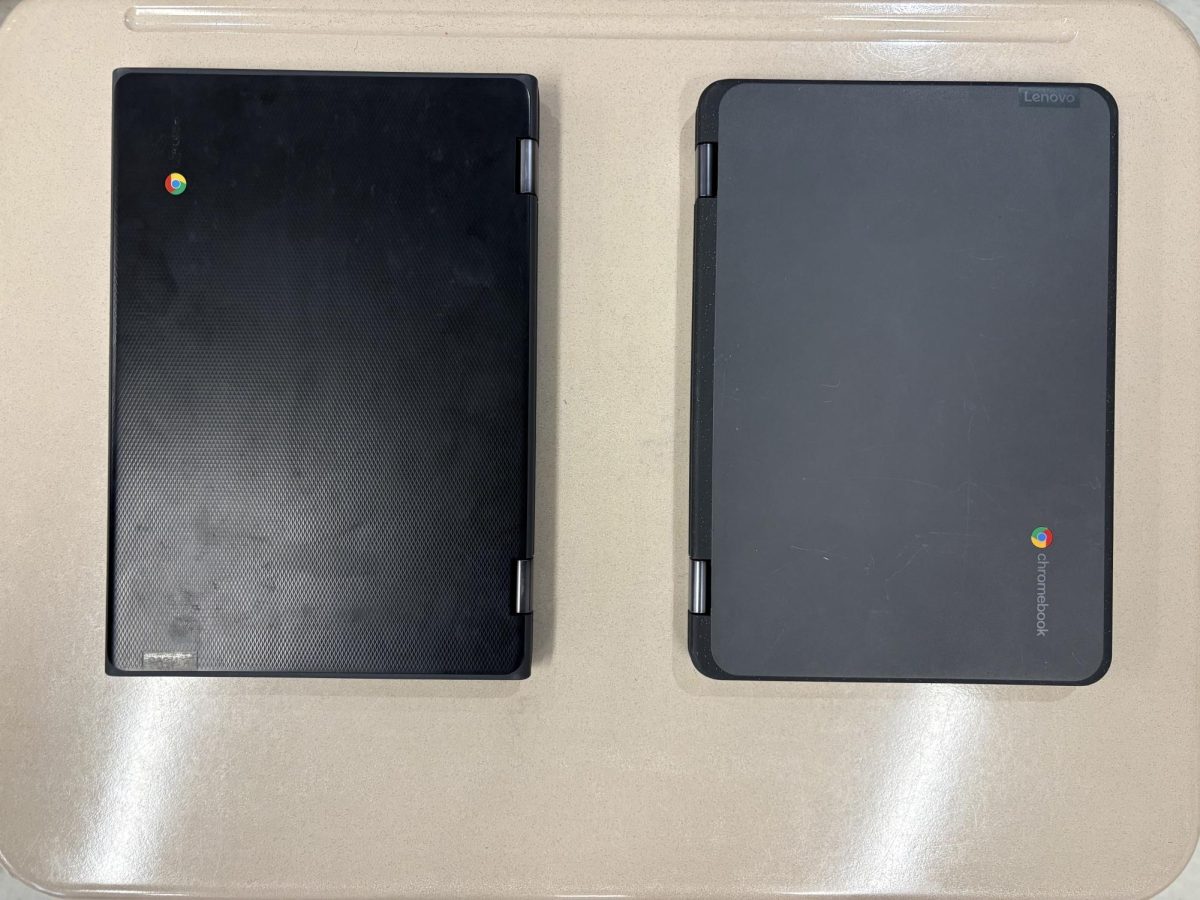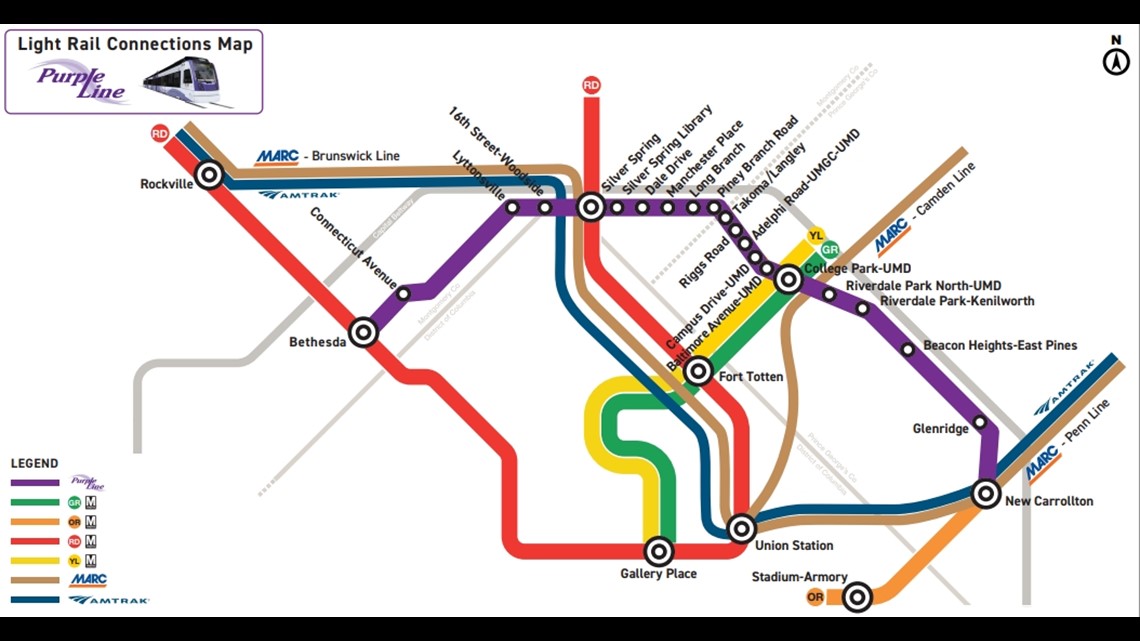The collapse of the Francis Scott Key Bridge in Baltimore, MD, on March 26 shook the nation, highlighting key issues such as immigration, labor, safety and infrastructure maintenance, while also showcasing the powerful effects of community.
This tragedy resulted in the loss of six lives. Among the victims found were Alejandro Hernandez Fuentes, 35, of Baltimore, originally from Mexico, Dorlian Castillo, 26, of nearby Dundalk, originally from Guatemala, and Maynor Yasir Suazo-Sandova, 38, of Maryland, originally from Honduras. The other three victims: Jose Lopez from Guatemala, Miguel Luna from El Salvador and an unidentified individual, have yet to be found.
President Joe Biden emphasized the importance of their contributions.
“Most were immigrants, but all were Marylanders,” Biden said according to CBS News. “Hardworking, strong and selfless. After pulling a night shift fixing potholes, they were on a break when the ship struck.”
This event shines a light on the key role immigrant workers play in the construction industry, taking on dangerous, undesirable jobs. While they fill essential roles, they face a variety of challenges. In reaction to this event, new agendas focused on increasing support and resources for workers, as well as ensuring their well being in the workplace has emerged.
Concerns have also been raised about safety regulations in the construction and shipping industries. Strict enforcement of high standards is critical to protecting workers. Additionally, strategic oversight over maintaining aging infrastructure in the United States is integral in order to prevent tragedies like this from reoccurring. The Baltimore bridge was ‘fracture critical,’ meaning if one part of its primary structure fails, the span will collapse. Unfortunately, there are more than 16,800 such bridges in the U.S., highlighting the pressing need for investment.
The U.S. Navy released sonar images on Wednesday, April 10th, revealing wreckage of the Bridge beneath the surface, impacting the vital shipping channel of the Port of Baltimore. While Marine access remains limited, temporary passageways have been created for commercial and essential vessels to pass. The US Army Corps of Engineers aims to clear the wreckage by the end of April.
Over the past couple of weeks, the local community has come together to support the families of the victims, and honor their memory. Across social media, efforts to raise funds, provide assistance, and show solidarity has been widespread. The resilience and compassion of the people of Baltimore serves as a testament to the strength of community in times of crisis.
On a national scale, lawmakers have moved quickly to secure funding. Over the past couple of weeks, the federal government has released $60 million in emergency relief funds. On Thursday, April 11, a group of members of Congress from Maryland unveiled a two page bill known as the ‘Baltimore BRIDGE Relief Act’, that would have the federal government cover 100% of the cost of replacing the bridge. President Biden has affirmed his support for this action.
Maryland Governor Wes Moore claimed that “this is not just a tragedy that has regional implications, but a tragedy that has national implications…the ability for us to have a collective and bipartisan response to rebuild in imperative.”
Moving forward, the collapse of the Baltimore Bridge serves as a stark reminder to examine circumstances, from structural dangers to societal shortcomings, and implement measures to prevent similar occurrences. It is a call to action for stakeholders to come together to ensure safety and security for all.
“The sudden collapse of the Francis Scott Key Bridge was a human tragedy and an economic tragedy—for Maryland and the nation. As we continue to mourn the loss of life and this icon of our skyline, we can simultaneously begin work to heal the wounds created by this disaster. A new bridge can be a symbol of hope and resilience,” Maryland Senator Ben Cardin said to The Hill.


![Since the collapse of the Baltimore Bridge in late March, federal law enforcement has began investigating what preceded the event. In a statement to CBS News, a spokesperson for the FBI said, "[The] FBI is present aboard the cargo ship Dali conducting court authorized law enforcement activity. There is no other public information available and we will have no further comment." (Courtesy Isaac Smay via Flickr)](https://wjpitch.com/wp-content/uploads/2024/04/53619368036_399400003a_b.jpg)






